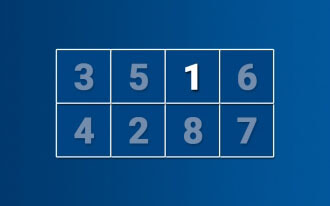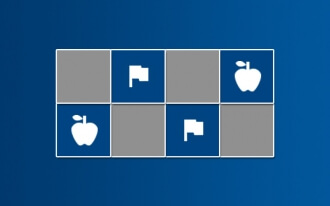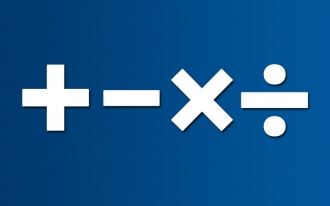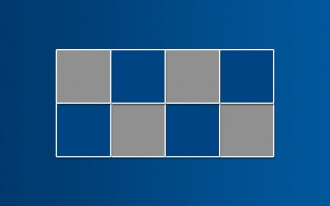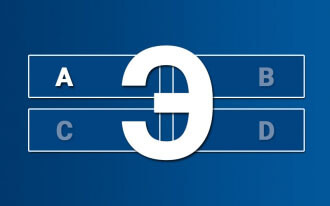- BRAINTRAIN |
- Trainers |
- Memory Training |
- Color Sorter
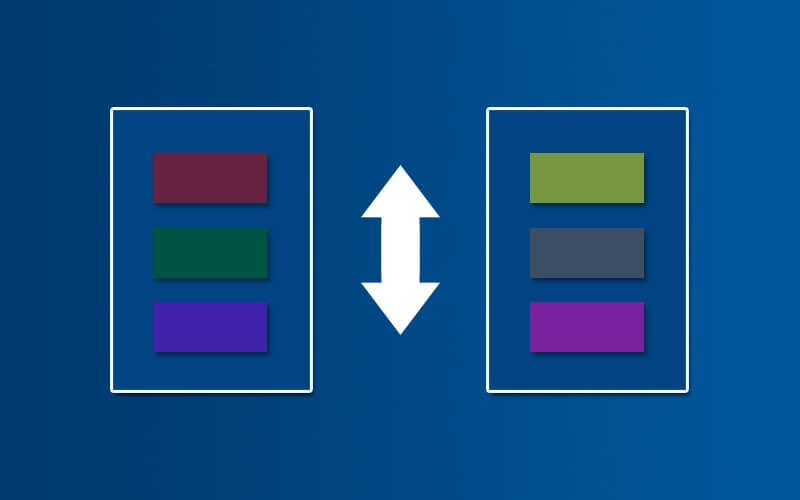
- Develops short-term memory
- Focuses attention
- Develops figurative memory
5842 KS: 46
A multifaceted brain trainer with a high attention load, effective for people with varying levels of education. The training intensity and load level are determined by a smart algorithm, allowing the “Color Sorting” trainer to be used at every stage of memory and attention development.
One of the most engaging exercises in the Mozgotren brain gym, as it offers a wide range of complications and a variety of objects for sorting. It may pose difficulties for those with issues perceiving colors or shades.
This group of memory trainers also includes “Word Sorter” and “Number Sorter,” which add variety to repetitive exercises.
What it trains
Although this exercise is in the memory section, it is not narrowly focused. On the contrary, training with this mind trainer has a comprehensive positive impact on various analyzer systems.
Attention – a key feature of this trainer is the increased attention load, driven not only by the large number of colors to memorize at higher difficulty levels but also by the presence of multiple shades of the same color in a single exercise. Given that short-term memory stores audio information formulated by your brain, you’ll need to work hard to mentally explain which shades you want to memorize and in what order. This already complex exercise must be performed under time constraints, acting as a stress factor that not only heightens attention concentration and thus its development but also activates the entire nervous system, as well as the speed of oxygen and nutrient transport to the brain.
Short-term memory – as mentioned, one of the task’s challenges is the presence of multiple shades of a single color in the exercise. To identify a color image, short-term memory must retain more information than just the color’s name (artists, who store more color and shade names in long-term memory than the average person, may be an exception). Each new difficulty level expands the amount of information to memorize, and time constraints encourage finding faster ways to imprint colors.
Spatial memory – reproducing the exact placement of shades from memory is the primary goal of this trainer’s exercises. This undoubtedly activates navigational memory centers responsible for positioning and retaining frequently used routes in mind. Beyond training this part of the central nervous system, such manipulation additionally stimulates the entire nervous system, positively impacting training outcomes.
Rules
Before starting the game, you need to set its difficulty level, primarily the number of color lists displayed simultaneously on the playing field. This can range from 1 to 3, and you’ll notice the difficulty coefficient in the top-left corner changing accordingly. The number of cells in each list is not selectable and increases gradually as the exercise is completed correctly.
Gradient – a complication that makes memorizing colors difficult, as they consist of multiple simple colors. A single task may include two identical gradients with different color directions.
Shades – the ability to identify not only simple colors but also multiple shades of the same color in a task.
At the start of the game, a list of cells with colors appears on the playing field, and you must memorize their order. Then, press the “I’ve memorized” button and drag the cells to restore the order. The answer is recorded when you press the “check” button; correctly placed cells are highlighted in green, while others are in red.
Restart – restarts the game, keeping all difficulty settings unchanged.
Scoring
For convenient tracking of each training’s results, you are awarded a corresponding number of points upon completion, based on several key indicators.
The formula for scoring points for a correct answer is as follows:
Your total points + DC*Level
DC – difficulty coefficient, which depends on the difficulty settings chosen before the test. You can see this number in the top-left corner of the playing field. Increasing the difficulty settings raises the difficulty coefficient.
Level – a variable value that starts at a minimum at the beginning of the training and increases by one position with each correct answer. An incorrect answer lowers the level by one position.
The formula for deducting points for an incorrect answer is as follows:
Your total points – (DC*Level)/2
The total points never go into negative values.
Multiplayer
For a more engaging training experience, you can invite friends and hold a competition. After selecting the difficulty settings, go to the multiplayer section and share the link with friends by copying it or clicking the icon of the desired social network.
The competition can begin once all players confirm their readiness (the “Ready to play” button).
Color lists for both opponents appear on the screen simultaneously, and each player presses the “I’ve memorized” button when ready. The correct answer is credited to the player who submits it first. The opponent’s answer is not counted, and the task refreshes. If the first opponent submits an incorrect answer, the task does not refresh until the other player responds.
In the top-left corner of the playing field, you can track the current points for yourself and your opponent. A green score indicates you’re leading, while red signals you’re trailing.
